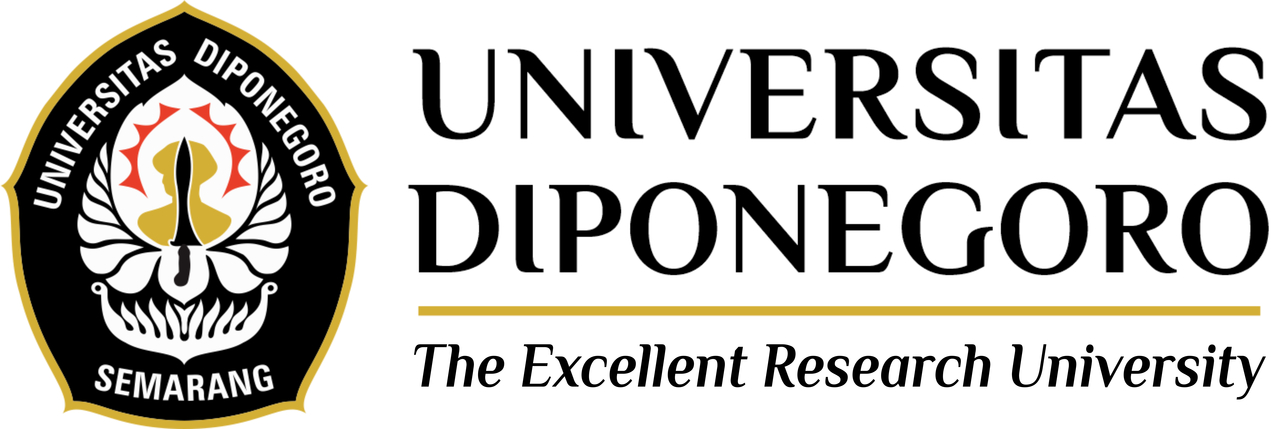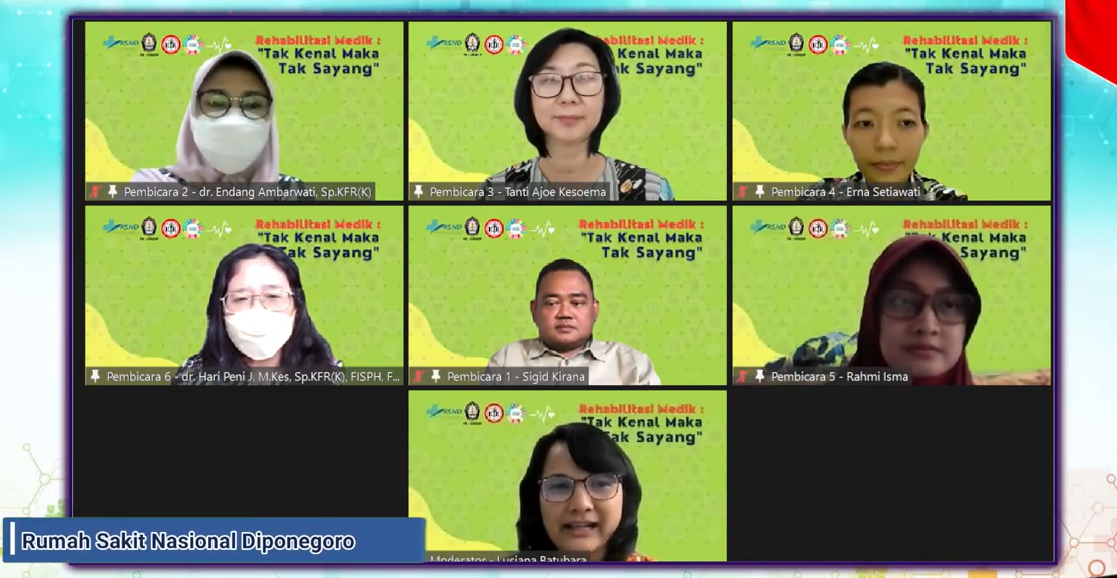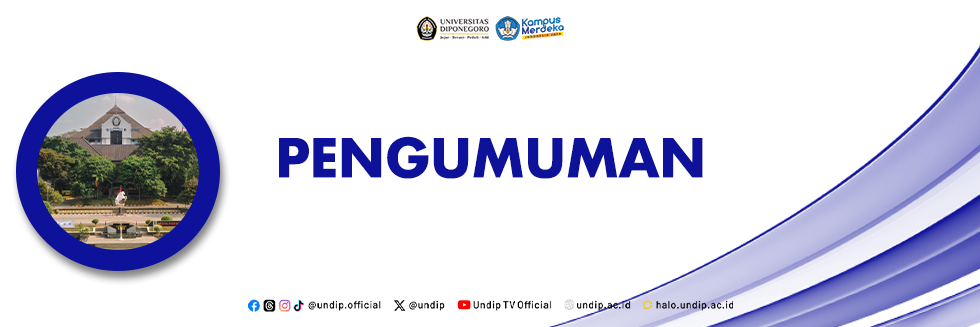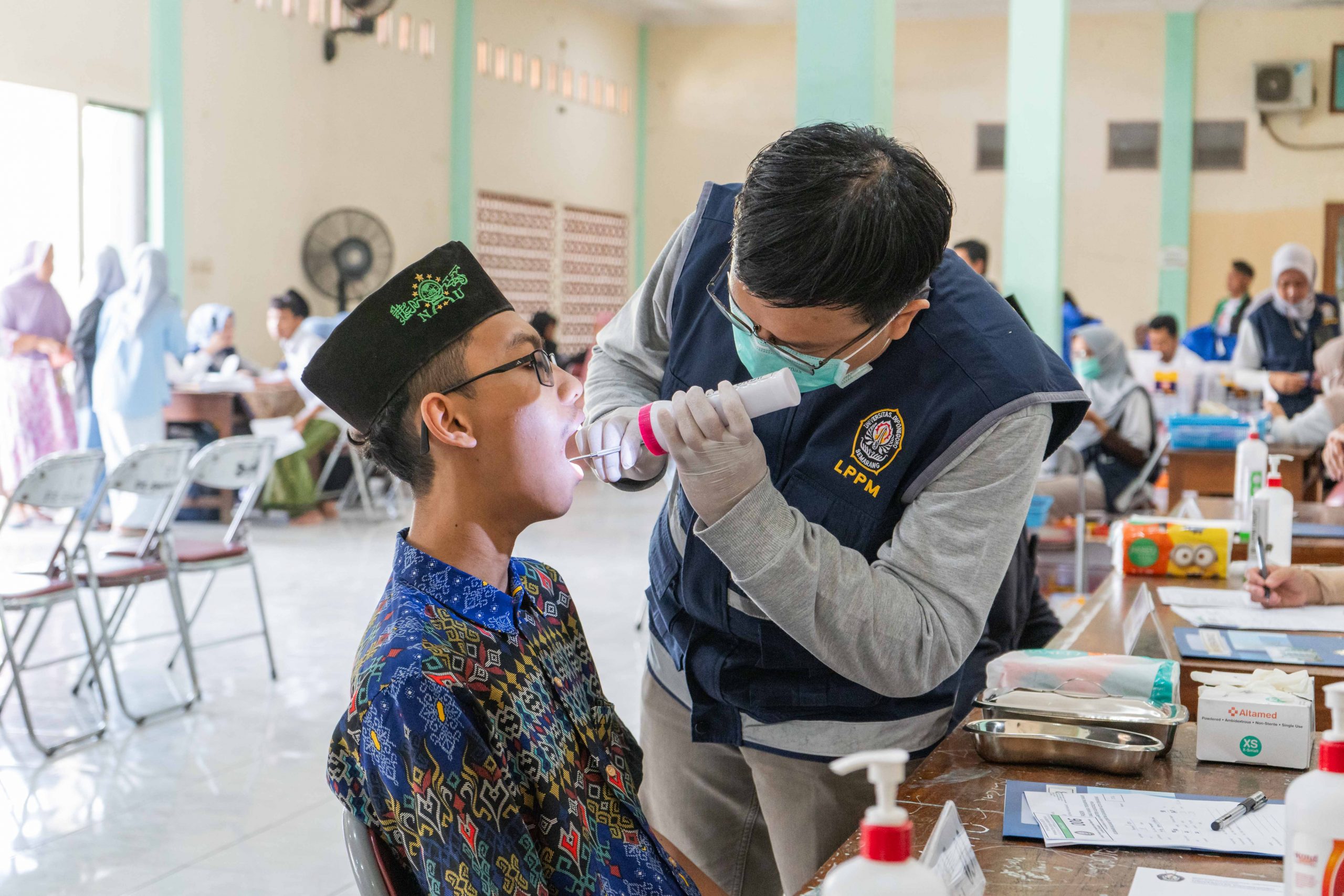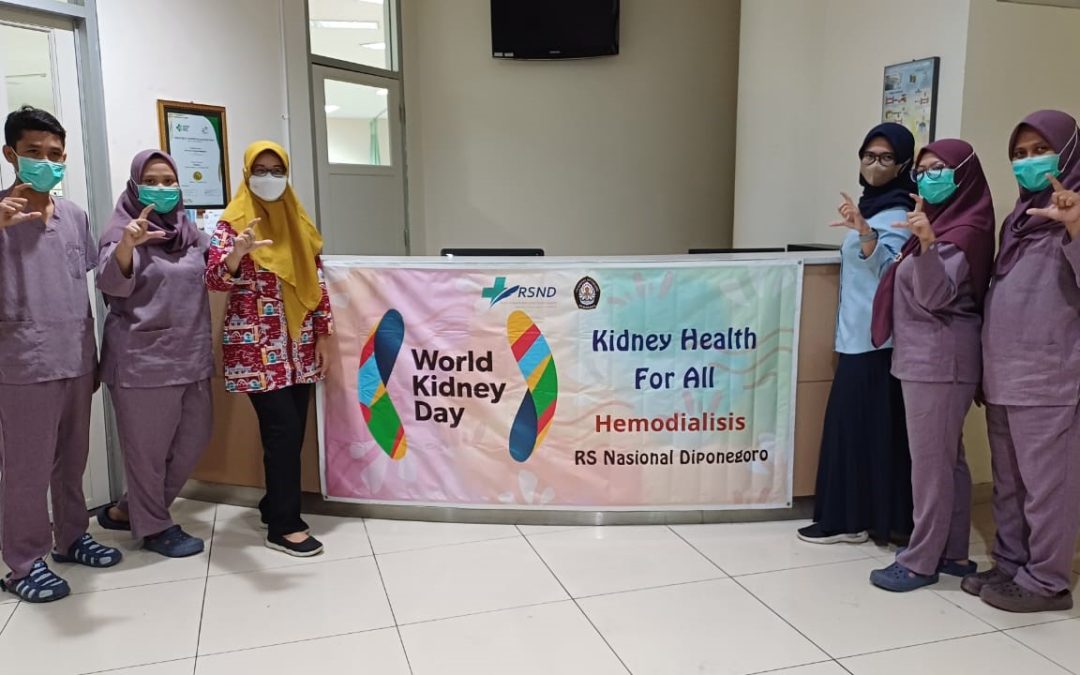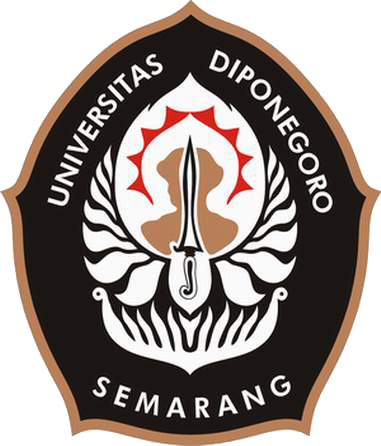Medical Rehabilitation is a science that continues to develop with the advancement of existing technological knowledge which becomes more accelerated now. The specific needs of the patient can also be handled well. This webinar is one of the entry points and a trigger so that participants can better understand what medical records are with all kinds of developments and opportunities, including how to identify the competencies that should be mastered at the next general practitioner level, when referring to indications of diseases. These were conveyed by the President Director of the Diponegoro National Hospital (RSND) of Diponegoro University (UNDIP), Dr. dr. Sutopo Patria Jati, M.M., M.Kes. in the Online Seminar of Medical Rehabilitation: Don’t Know so Don’t Love, (3/12).
The speakers presented in this seminar were dr. Sigid Kirana Lintang Bhima, Sp.FM(K); dr. Endang Ambarwati, Sp.KFR(K); dr. Tanti Ajoe Kesoema, Sp.KFR(K), M.Si.Med; dr. Erna Setiawati, Sp.KFR(K), M.Si.Med; dr. Rahmi Isma A.P., Sp.KFR(K), M.Si.Med; dr. Hari Peni Julianto, Sp.KFR(K), M.Kes, FISPH, FISCM and moderated by dr. Lusiana Batubara, M.Si.Med.
In his material on the concept of beneficience principles for doctors, dr. Sigid conveyed that in the Health Law, health efforts are any activities and/series of activities carried out in an integrated and sustainable manner to maintain and improve the health status of the community. The activities can be in the form of disease prevention, health improvement, disease treatment, and health restoration by the government and/or society. According to him, humans are seen holistically, humans as a unit for bio-psycho-socio-cultural-spiritual, not only treating disease (curative) but doctors must try to do promotion, preventive and rehabilitation action. Thus doctors must also actively do what is best for their patients.
dr. Endang Ambarwati, saidthatcoughs were divided into 3 categories, namely acute cough (cough lasting less than 3 weeks), subacute cough (cough lasting 3 to 8 weeks) and chronic cough (cough lasting more than 8 weeks). Chronic cough will be treated according to the cause, there are 2 major groups, namely non-pharmacological therapy and pharmacological therapy. Non-pharmacological treatments include frequent drinking of water to help thin phlegm; reduce irritation or itching, by avoiding exposure to dust or cigarette smoke that stimulates the throat; having adequate rest; consuming sweets, especially throat relievers; gargling with salt water several times a day; and rehabilitation programs.
While dr. Tanti explained that shoulder joint is a complex joint and is very important in Activity of Daily Living (ADL). Making the right diagnosis will lead to effective and beneficial management for patients with shoulder pain. Neglected cases will result in permanent tissue damage and deformity and permanently disrupt the ADL. The provision of the physical medicine and rehabilitation program will assist patients in recovering injured tissue and preventing complications arising from shoulder pain.
dr. Erna Setiawati, statedthat a person with heart failure can beanalyzed from some indications including a stable medical condition, no absolute contraindications (signs of an uncompensated heart kidney, threatened arrhythmias/exercised induced ventricular arrhythmias and exercise capacity > 3 METs (metabolic equivalents)).
dr. Rahmipresentedabout the risk factors that can cause a child to suffer from cerebral palsy. The causes could be from prenatal factors which include infection during the mother’s pregnancy and the presence of coagulopathy, bleeding, etc. While the perinatal factors can be due to prematurity, hypoxic, untreated jaundice, etc., and postnatal factors can be due to infection of the brain and membranes covering the brain as well as injury to the head.
While dr. Hari Peni, discussed the risk assessment of elderly patients. Falling is a sudden, uncontrollable and unintentional movement of the body down, to the ground or other objects. A near fall is a sudden loss of balance that does not result in a fall or other injury. The risk factors for falling are divided into two, namely intrinsic factors (including gender, having fallen, hearing loss, visual impairment, muscle weakness and drug consumption) and extrinsic factors (environmental factors, such as slippery stairs, poor lighting, squat toilets). (Lin – Public Relations)
